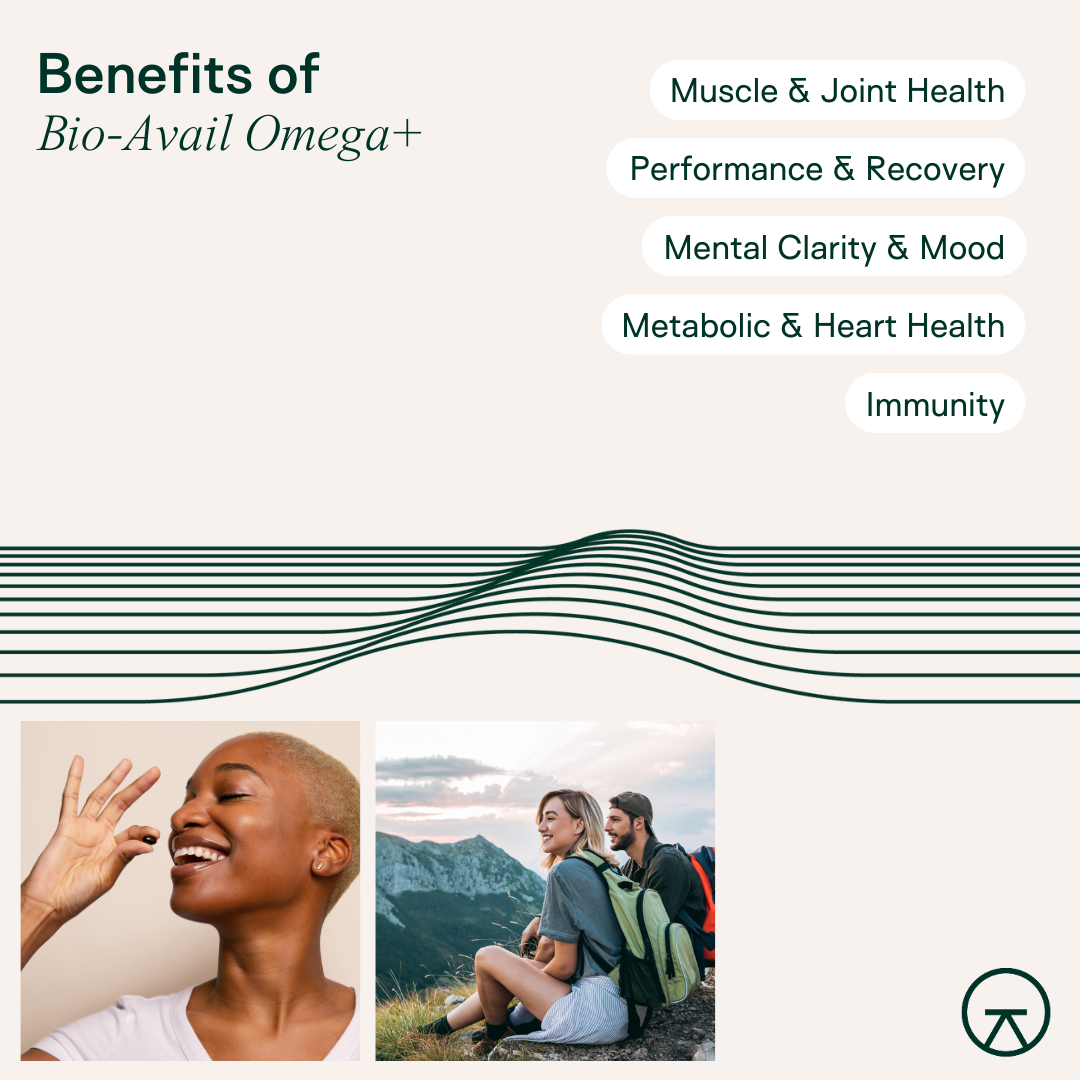
Why Supportive Bras Use Engineered Fabrics, Not Cotton
Share
The real reason your most supportive bras use engineered fabrics, plus what that means for comfort, performance, and sustainability
These days, it’s easy to assume that natural means better. We see it in everything from skincare to clothing. So, it’s only fair to wonder: why aren’t more bras made with natural fibers like cotton or bamboo?
The short answer? Because support, shape, and comfort need structure, and that’s where engineered fabrics truly shine—especially if you’re wearing a full bust or plus-size bra.
Support Starts with the Right Foundation
A bra is not a T-shirt. It’s a technical garment that needs to lift, separate, support, and hold all day long, without shifting, sagging, or stretching out. Natural fibers like cotton may feel soft, but they simply can’t provide the strength and shape-holding power needed in a well-fitting bra, especially as cup sizes go up.
That’s why most supportive bras use engineered fabrics, like powernet, simplex, or strong microfibers. These aren’t “plastic” or “cheap” fabrics. They’re thoughtfully designed materials made to deliver comfort, structure, and stretch control in all the right places.
What These Fabrics Do Best
Here’s what engineered fabrics offer that natural ones can’t:
· Support that holds all day with minimal stretch-out
· Shape retention so your bra keeps its form, wear after wear
· Moisture-wicking that helps keep you dry and comfortable
· Targeted stretch that flexes with your body, not against it
· Durability that stands up to washing, wearing, and time
This means you get a bra that feels good and works hard, without constantly replacing it or readjusting it throughout the day.
But Wait, Aren’t Natural Fabrics Still Better for You?
Not necessarily. Even plant-based fabrics like cotton and bamboo need to go through heavy processing to become soft, flexible, and wearable. In fact, all fabrics—whether plant- or petroleum-based—are engineered to some extent. The difference is in how they’re made, what they’re designed to do, and how long they last.
And while it might seem surprising, many engineered fabrics today are recyclable or made from recycled materials, just like paper or glass. Their long lifespan also helps reduce waste and overconsumption, making them a smart, sustainable choice when used well.
Where Natural Fabrics Work Best
Don’t worry, we’re not giving up on natural fibers completely. Cotton and bamboo still have their place in the world of bras. You’ll often find them used in linings, woven into back panels, or overlays where softness against the skin is the goal. And in comfort-focused or maternity styles, you’ll often see a blend of natural and synthetic fibers for the best of both worlds.
But when it comes to the real work of lifting and supporting the bust, it’s the engineered fabrics that do the heavy lifting.
A More Comfortable, Sustainable Future
When you choose a bra made with purpose-built fabrics, you’re not just getting better support. You’re choosing a garment that’s built to last, one that doesn’t lose its shape after a few washes or stretch out in a few hours. That kind of longevity means less waste, fewer returns, and fewer bras in landfills.
And when you’re done with a bra, look for garment recycling programs in your community or through your favorite retailers. It’s a small step that can help extend the life cycle of textiles and reduce overall waste.
Bottom line? You don’t have to choose between comfort and sustainability.
At She’s Got Curves, we work with brands that understand the science behind fabric and the art of the perfect fit, so you can feel supported, stylish, and smart about what you wear.

